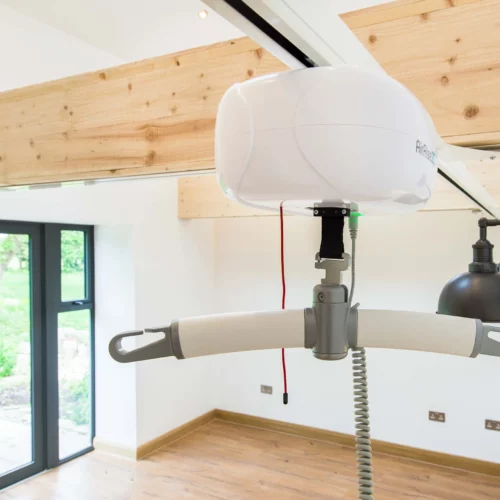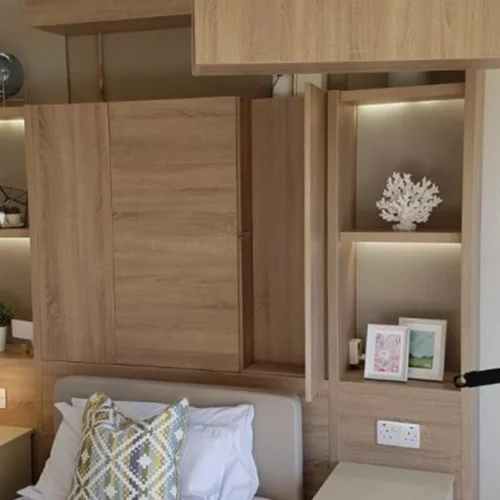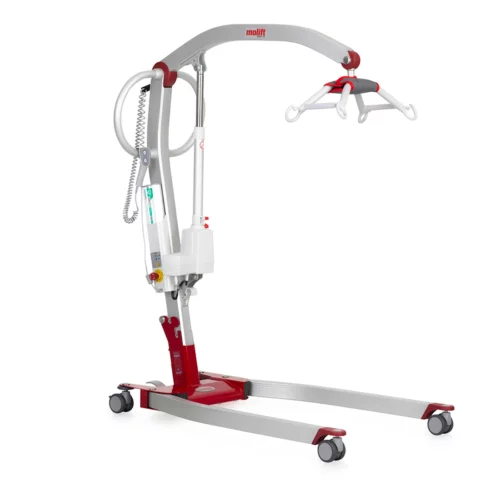What is a hoist?
Posted on 10 April 2024 By Michael Wood
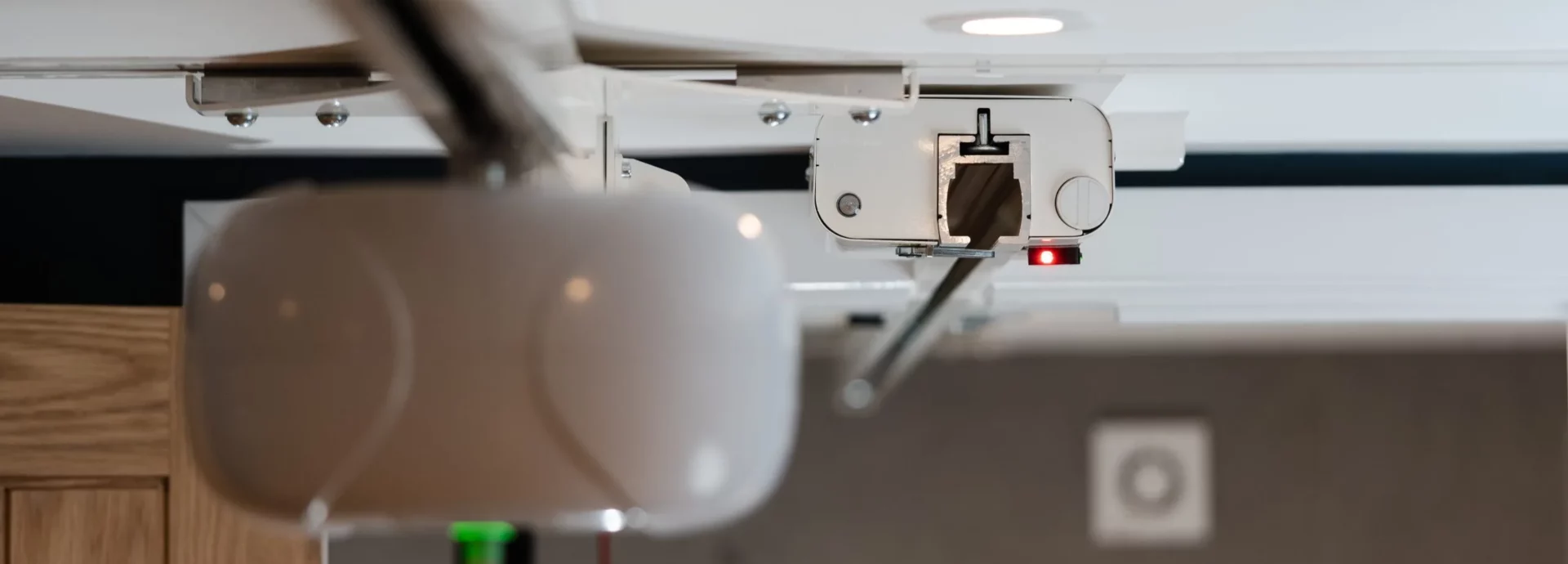
In This Article
As a healthcare equipment specialist, many of the places we work in often require the installation of a hoist system. If you haven’t come across one before, the question “what is a hoist?” is probably one of the first things that comes to mind.
To help answer that question for you, we’ve put together a quick overview to cover all things hoists, from how they help individuals, the options available and how they operate.
Hoist Meaning
A “hoist” refers to a device used for lifting or lowering heavy objects, typically using a system of ropes, chains, or pulleys. It is commonly employed in various settings, such as construction sites, warehouses, and healthcare facilities, to assist in moving patients or heavy equipment safely and efficiently.
What is a hoist?
A hoist is a vital piece of healthcare equipment designed to assist in transferring individuals with physical disabilities safely from one location to another. In care homes, hoists help minimize the risk of injuries, particularly for caregivers, by eliminating the need for manual lifting. While some may believe hoists are time-consuming, proper training shows that they can facilitate quicker and safer transfers. The primary goal of using hoisting equipment is to reduce injury risks for both the individual being moved and the caregiver. For more insights on patient handling, check out our blog on identifying when someone needs hoisting.
How do I know which hoist equipment is suitable for me?
At first, it can be difficult to know what the most suitable hoisting equipment is for an individual, with many different considerations to take into account. The key things to look out for revolve around the individual’s ability to be hoisted, the weight of the individual being hoisted, and the environment in which the hoisting is to take place.
Once you have those details, it is important to work with an approved supplier and listen to advice from care professionals to help you choose the right specification. They can advise you on which type of hoisting equipment you need for your care requirements and space, as well as options such as slings and spreader bars.
To help streamline this process, read our complete guide on how to choose the right hoisting equipment for you.
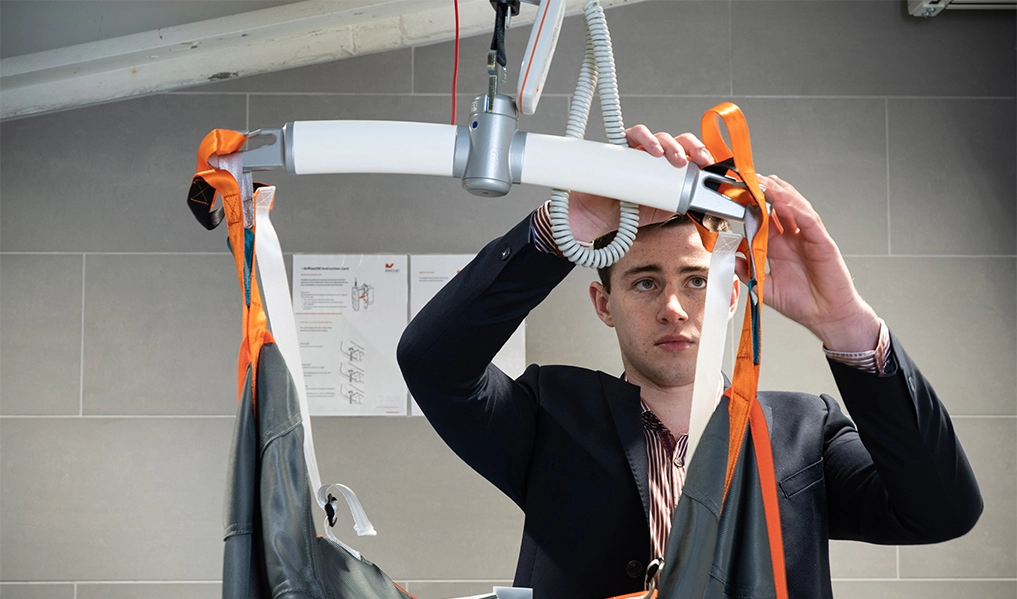
What are the different types of hoists available?
Ceiling Hoists
As the most common type, overhead systems are designed to provide a safe, quick way to transfer and move people around from room to room. Running along permanently fixed tracks, Innova’s AirRise and Airglide360 ceiling lift systems don’t take up any floor space, as they are integrated into the ceiling.
Unlike a mobile hoist, they reduce trip hazards and keep rooms looking tidy. They also have a greater lifting range, which means they are ideal for longer-range transfers where patients need to move between rooms or alternate higher and lower positions.
For care environments such as care homes and hospices, the most common type of layout for tracking is an H-frame system, sometimes called an X-Y system. This consists of three pieces rather than one single rail, involving two parallel fixed rails and one perpendicular moving traverse rail. By opting for this system, individuals and carers can carry out transfers between multiple locations, such as a bed to a chair or a bed to a wheelchair.
What are ceiling hoists used for?
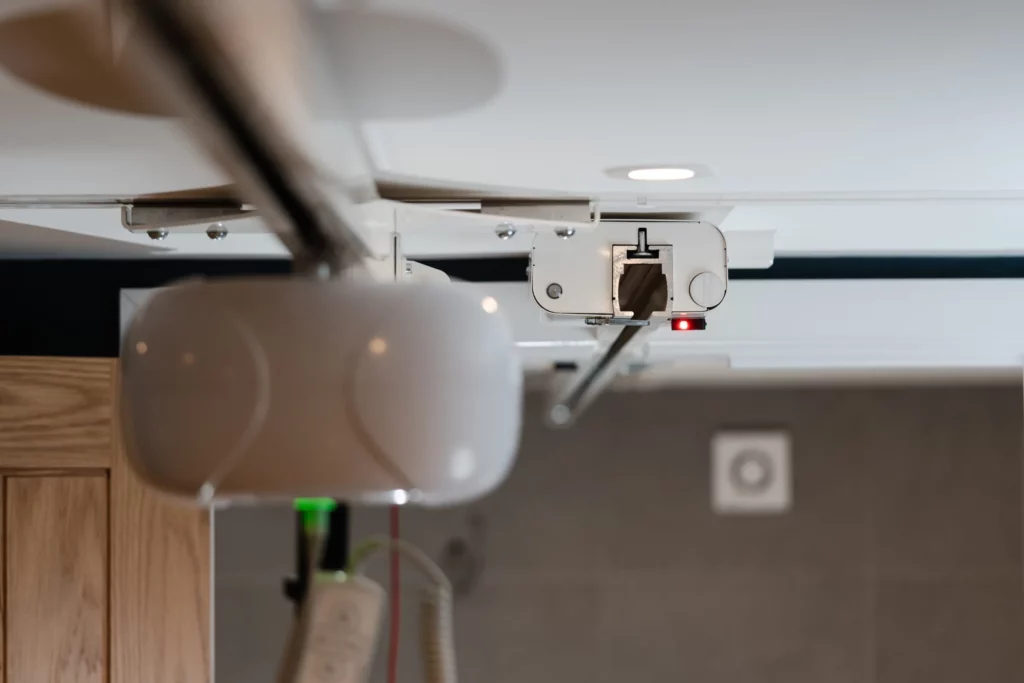
One of the other major features is the inclusion of a gate system.
For any transitions between layouts and rooms, a gate system is an essential component connecting the corresponding rails. The Airglide360 Transit Coupling from Innova employs a clever blend of magnets and sensors to ensure a secure connection when moving between systems.
This innovative piece of hoisting equipment simplifies the process of moving patients and clients between different rooms and tracks, putting their safety first as well as enhancing their dignity.
To see how a ceiling track works, check out our training video below:
Bespoke hoist systems
For many people, when they hear the words ‘hoist system’, they usually think of clinical equipment. Luckily, that concept is starting to change thanks to new innovations. Innova’s Integralift is paving the way, which can be folded away into a cupboard or wardrobe.
Not only is it an incredibly subtle piece of patient-handling equipment, but it is also available in a range of finishes to blend in perfectly with any existing décor. Designed to save caregivers time during transfers, the lifter and sling can be kept permanently in place in the cupboard.
Unlike overhead systems, the Integralift does not interfere with ceiling-mounted ward curtains.
It also has the benefit of being able to be installed as a bedhead hoist unit, or it can be fitted with wardrobes, bedside cabinets and even foldable beds for the patient’s friends and relatives.
Check out the Integralift in action by watching our case study video below with St Andrew’s Hospice.
How to maintain a hoist system?
By law, any person or company that has and uses patient lifting equipment must carry out a LOLER check every six months. A LOLER inspection (Lifting Operations and Lifting Equipment Regulations) is a safety assessment that is needed for all lifting equipment and accessories used in the UK for work purposes.
The purpose of a LOLER test is to ensure that a hoist is posing no threat to the health and safety of its users, as well as an essential maintenance procedure. Carried out by a qualified and experienced inspector, a LOLER test involves checks for any signs of wear, damage, or other issues that may impact the safety of the equipment.
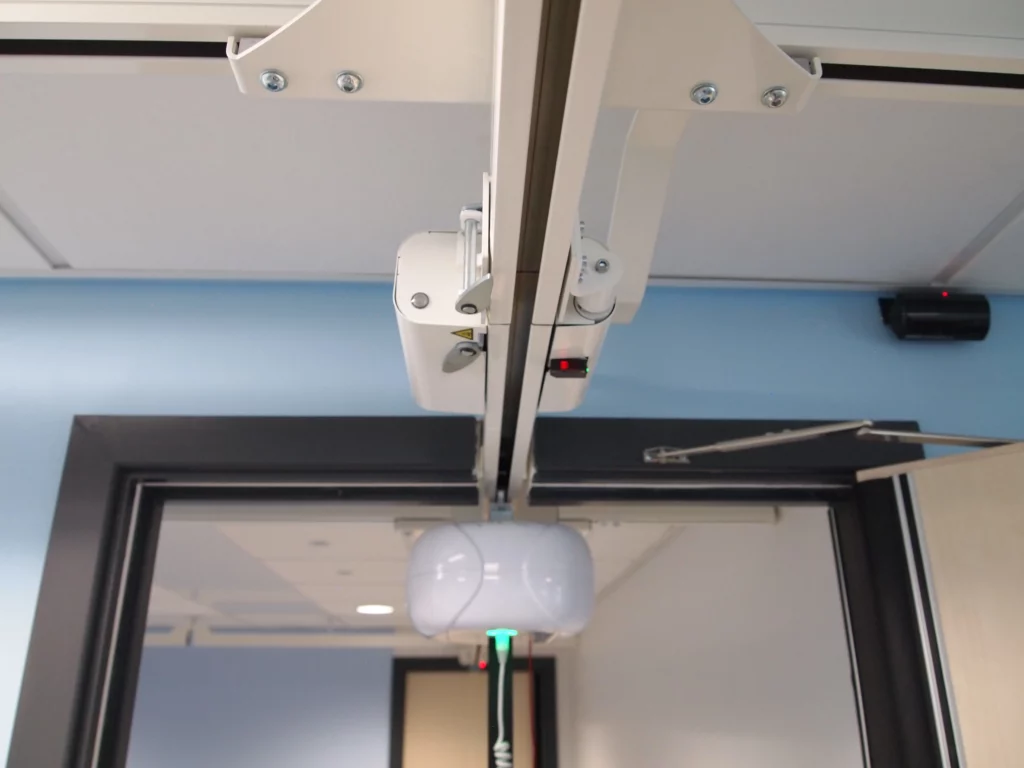
A bit like an MOT for a vehicle, it is illegal to operate patient handling equipment without a current and up-to-date LOLER certificate.
Ceiling Track Hoist Servicing & Maintenance
Summary
In this blog, we’ve delivered a quick guide to all things hoisting. Using examples of Innova’s solutions and resources, we’ve looked at what they are, where they are needed, the types of hoists available and how they work.
If you’d like more information on our systems, email enquries@innova.uk.com to request a copy of our ‘Specifiers Guide To Overhead Hoist Systems’ or send over an enquiry for our team to get back to you.
Speak to The Experts
Need assistance with product enquiries, general inquiries, or product support? Our Phonelines are open 9am - 5pm Monday to Friday
0113 519 0319
Or, fill out the form for a call back.

